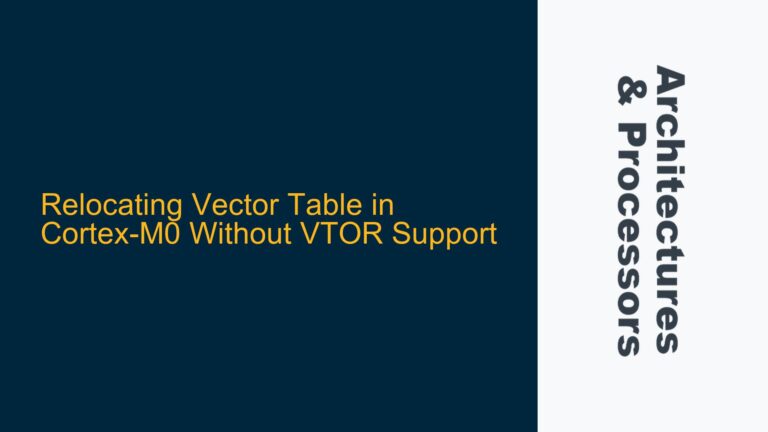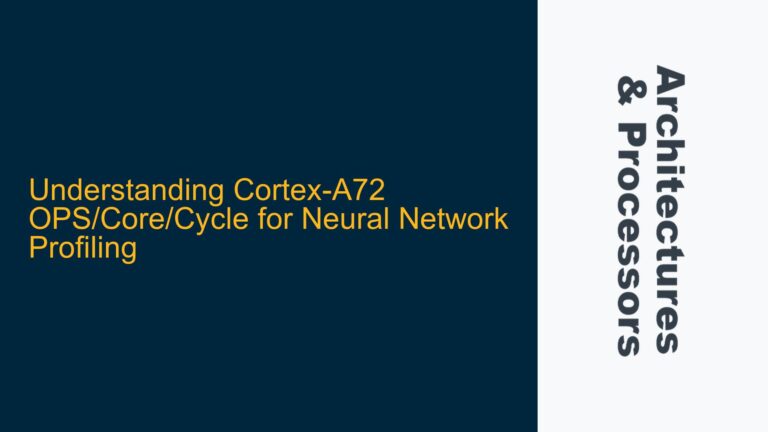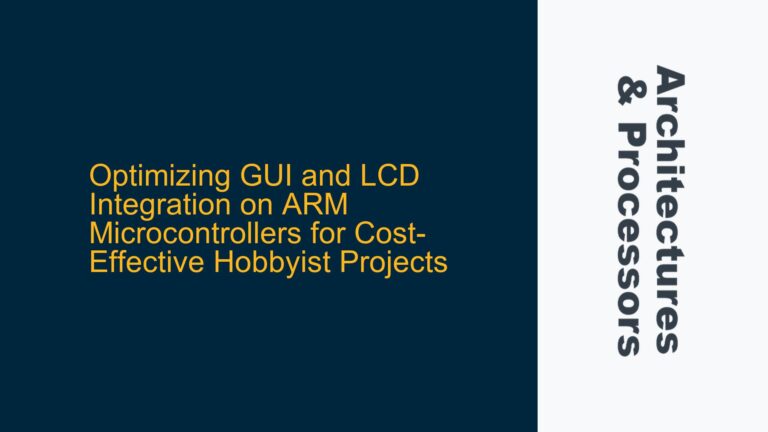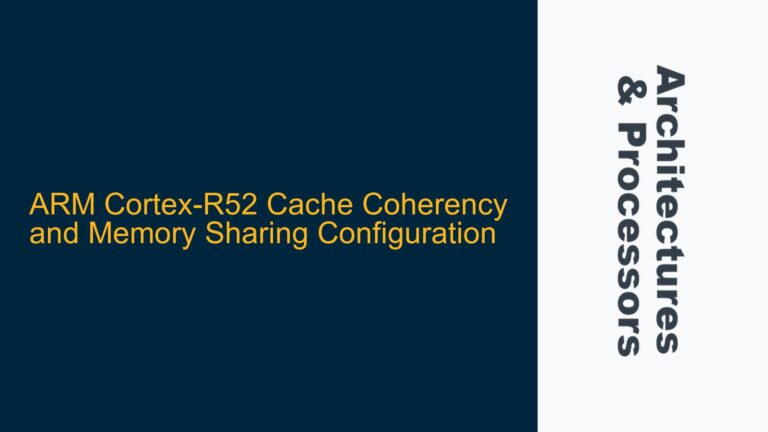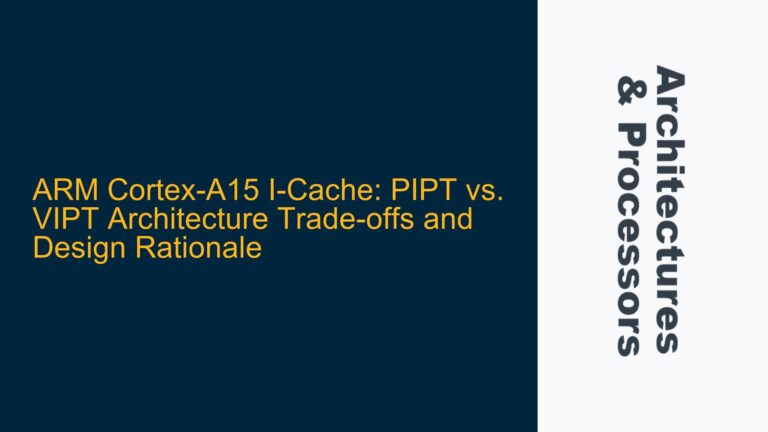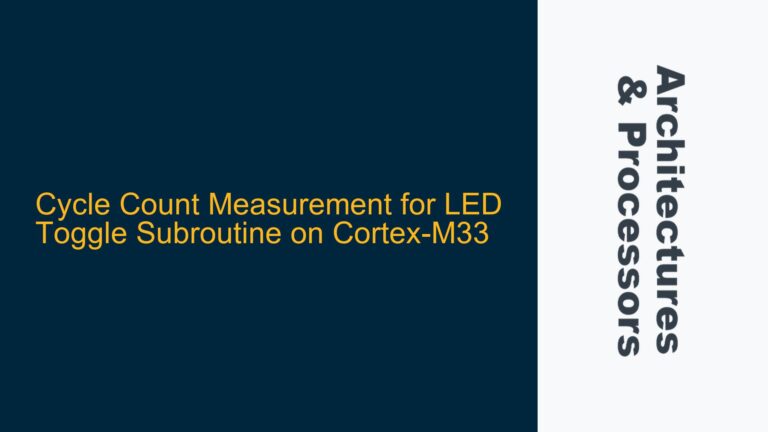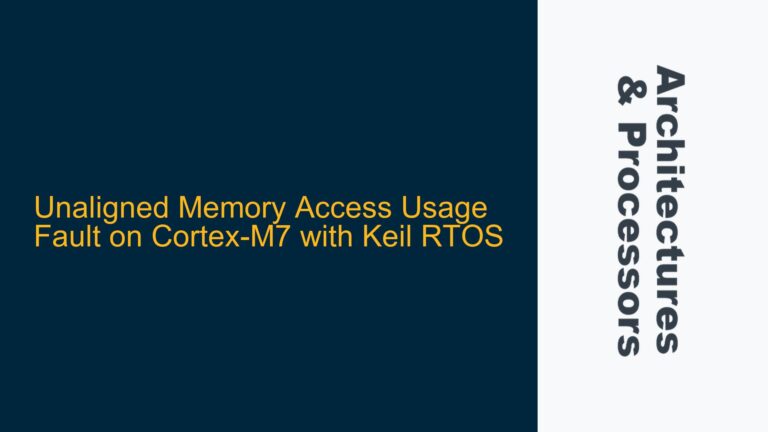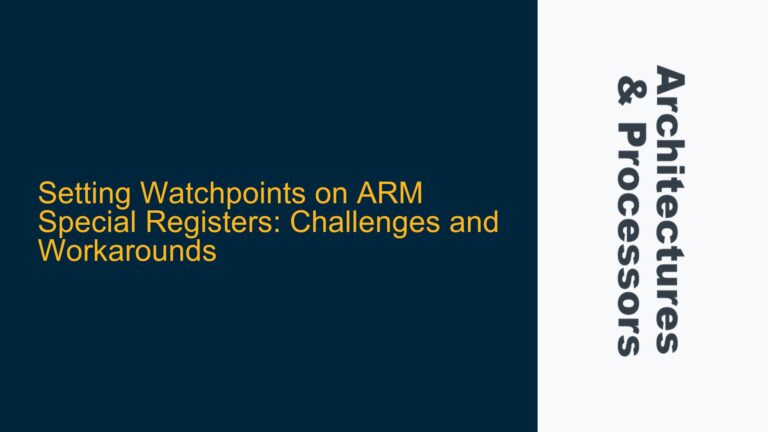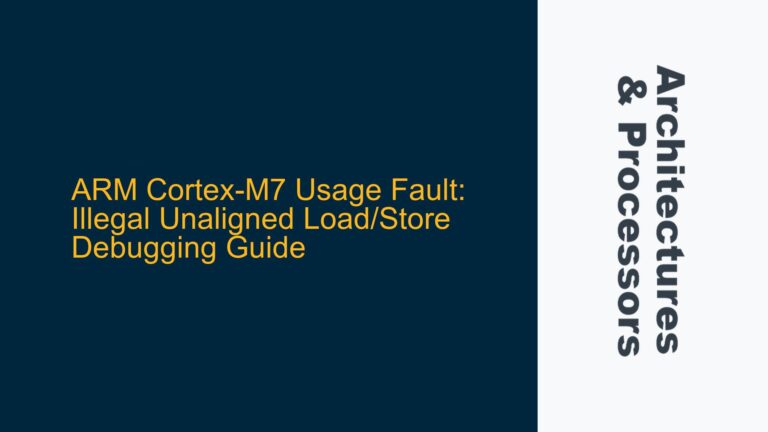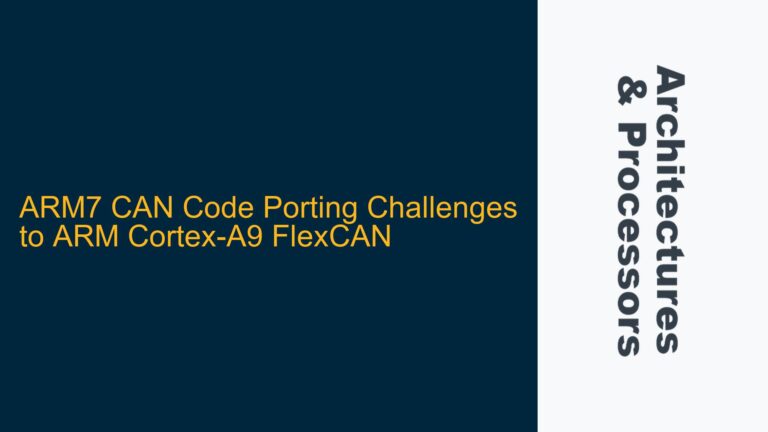Relocating Vector Table in Cortex-M0 Without VTOR Support
Cortex-M0 Vector Table Relocation Challenges in Bootloader-Application Scenarios The Cortex-M0 processor, being a member of the ARMv6-M architecture, lacks the Vector Table Offset Register (VTOR) present in higher-end Cortex-M processors like the Cortex-M3, M4, and M7. This absence complicates the process of relocating the vector table, which is essential in scenarios where a bootloader and…
